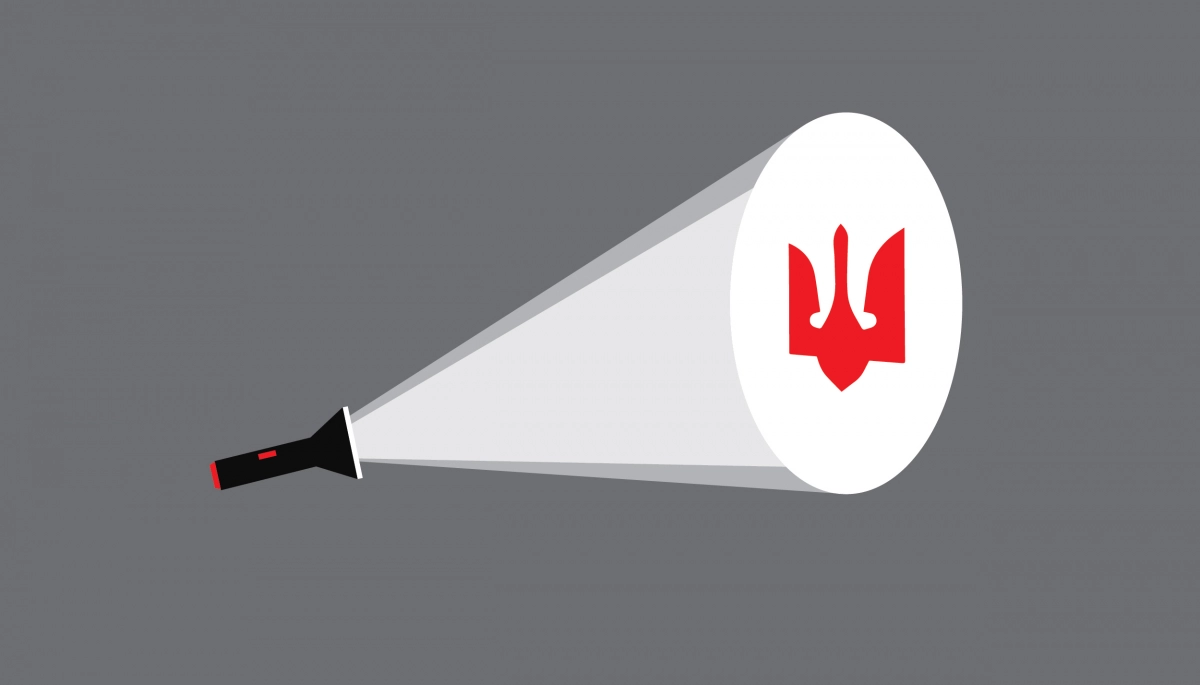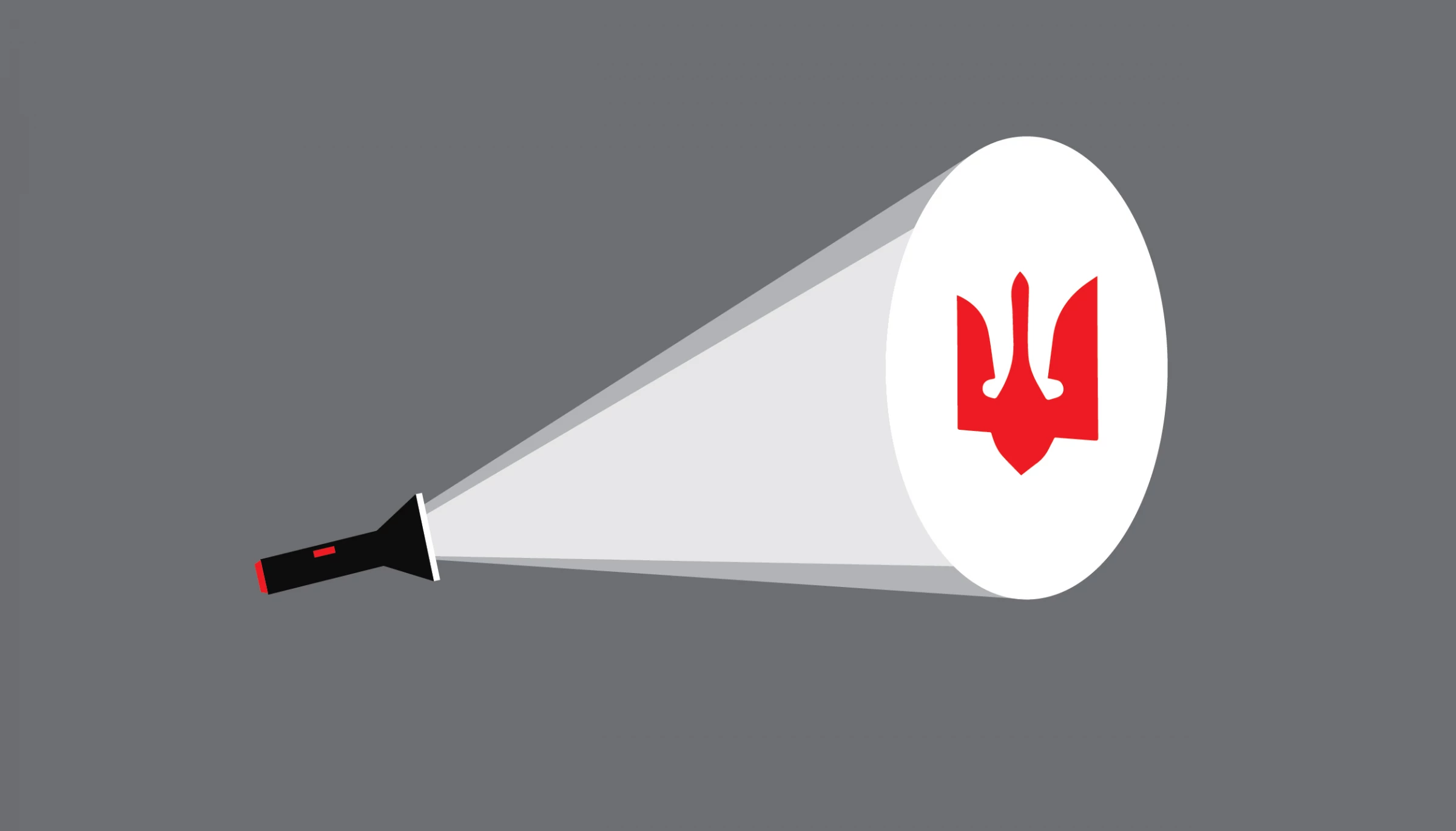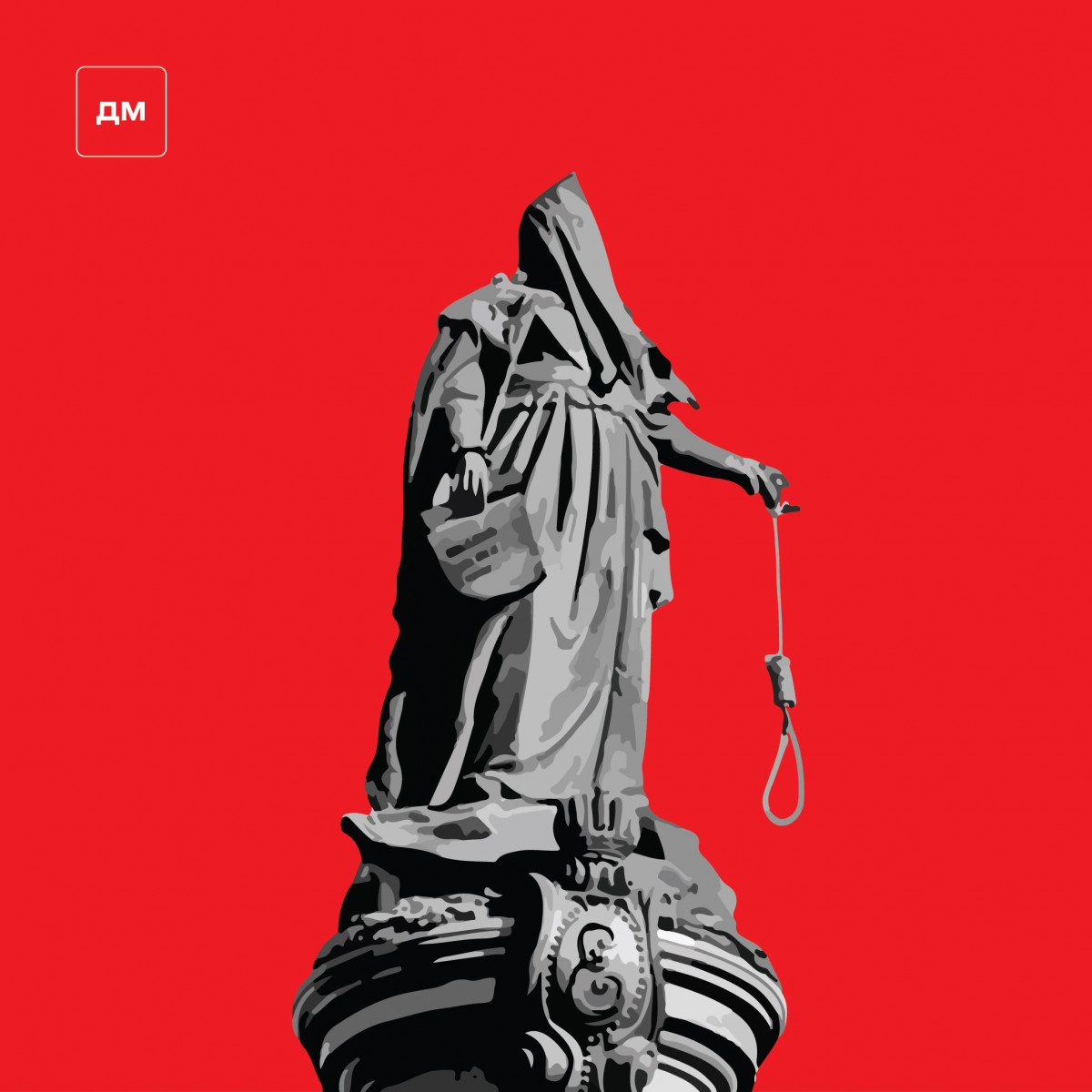
“Apocalypse in the Dark” and Degraded Ukrainians. Russian Disinformation Monitoring 28 November — 4 December 2022
“Apocalypse in the Dark” and Degraded Ukrainians. Russian Disinformation Monitoring 28 November — 4 December 2022


Українською текст читайте тут.
Since February 24, Detector Media has been monitoring Ukrainian social media and documenting the chronicle of Russian disinformation around Russia’s military offensive in Ukraine on a daily basis. Recently, we also started making weekly reviews. During the week from November 28 to December 4, 2022, Detector Media’s analysts recorded about fifty disinformation attempts carried out by Russian propagandists in pursuit of Russian political objectives. This week, Russian propagandists convinced the world that NATO is forcing Russia to destroy Ukraine; that Ukrainians living under occupation have fallen in love with the Russian government; that a “dark apocalypse” is unfolding in the country due to the power outage.
Take a look at reviews of Russian disinformation from the previous weeks here: September 26 - October 2; October 3 - 9, October 10-17, October 17-24, October 24-31, October 31 - November 6, November 7 - 14, November 14 - 21, November 21 - 28.
Throughout the week, Russian propagandists have been spreading the narrative that Ukraine has “returned to the Middle Ages”. Allegedly, in the conditions of massive power cuts in Ukrainian cities and villages, people are not just freezing, but have also started looting, because the “apocalypse in the dark” has arrived. For example, the propagandists claimed that Ukrainians arrange pogroms in supermarkets and kidnap foreigners to get a ransom. However, according to the Ministry of Internal Affairs of Ukraine, the crime rate did not increase during the outage. Also, the number of car and foot patrols of the National Police on the streets has increased. Earlier, the Ministry of Internal Affairs reported that in general, in the first half of 2022, the crime rate in Ukraine decreased by 25% compared to the previous year.
The picture of the “apocalypse” was also bolstered by fakes about Ukrainians who are “hunting” for electricity and allegedly glued-shut power outlets in coffee shops. They claim that Kyiv was left without electricity, people are in panic, it is impossible to withdraw cash, and there are no places to recharge gadgets. To prove this, the propagandists add screenshots of posts from the “Kyivsky Dvizh” channel to their posts. However, among dozens of posts on the channel about the impact of the power outage on the city, there are only two pessimistic photos: one shows people standing in a long queue to an ATMs just after the missile attacks, because the other ATMs in the vicinity were not working even before the attack, and supermarkets accepted only cash; one of the cafes in Kyiv really glued shut a power outlet. At the same time, many other posts in this channel were about how people met each other halfway; how cafes, restaurants, supermarkets, and even pharmacies allow using electrical outlets, install extension cords, and how Kyiv residents pay for each other in cash so that no one is left without the basic necessities. Furthermore, invincibility points have started operating in Kyiv, as well as in other cities of Ukraine, so that people can recharge their gadgets and warm up.
It is these points that make propagandists angry. This conclusion can be drawn by reading the messages and fakes of Russian propaganda intended to discredit the very idea of creating invincibility points. In particular, at first, propagandists said that such points are dangerous because they invite enemy missile attacks, as many people gather there, and the points themselves are not protected from missiles. Then, the Russians switched from propaganda messages to fakes and began to tell that people die at the invincibility points. For example, one of the fakes said that Kharkiv residents died of carbon monoxide poisoning at one of these points. It claimed that the authorities neglected the safety of Ukrainians, resulting in the first casualties. As proof, propagandists attached alleged screenshots of real stories on Ukrainian media websites. However, this is fake news, and the screenshots of the materials have been edited. The Kharkiv Regional State Administration reported that the information about the death of three people is false.
However, Russian propagandists did not stop there and began claiming that the Ukrainian government itself urged Russia to destroy the Ukrainian energy system. They argue that Ukrainian officials and opinion leaders are so actively discussing possible missile strikes and “intimidating” Ukrainians with their consequences that “there can be only two explanations for this”. Either they are trying to “discourage” the Russians from launching a strike, or, what is alleged to be “more likely”, they are deliberately “provoking and asking for it”. Allegedly, this is how the Ukrainian authorities plan to hide their own mistakes and shift the blame on the Russians. However, Russian missile strikes tend to have worse consequences every time, which is why there is a need for prolonged blackouts throughout the country. Speaking about the possible missile strikes, the Ukrainian authorities do not provoke their aggressors into attacking (is it even possible to provoke someone into launching a missile attack on a power plant?) but seek to warn people about the possible deterioration of the situation due to shelling. After all, Russia is intentionally destroying the Ukrainian energy system. Its goal, which propagandists do not hide, is to return Ukraine to the Middle Ages. However, the messages that the Ukrainian leadership urges Russia to do it are intended to discredit the Ukrainian government, undermine the confidence of Ukrainians in the authorities, and shift the responsibility for Russia’s actions. In this way Russia blurs the lines: they say that there would have been no missile strikes if the Ukrainian authorities had not resorted to provocations. Russian propaganda alleges that the invincibility points are the same kind of provocation. However, before Russia started the war and began its destruction of the Ukrainian energy system, there was no need for the invincibility points.
Also during the week, Russian propagandists once again tried to persuade the world that the Ukrainian nation is degrading because it refuses to embrace Russian culture. This time the narrative arose against the background of the news about the decision to dismantle the monument to Catherine II in Odesa. They claimed that now in Ukraine there is a “purge” of the remnants of Russian culture. Then, allegedly, there will be a “change of reality”: renaming of cities, replacement of monuments and names of heroes, the Russian language will be banned “everywhere”, moreover, people will be fined for speaking it. However, in reality, first the USSR, and then Russia, have been rewriting history for decades trying to russify Ukraine and Ukrainians. Currently, Ukraine is restoring historical justice: promoting the Ukrainian language and culture. In addition, because of the war that Russia started against Ukraine, Ukrainians voluntarily refuse to use the Russian language, associating it with the language of the invaders. Russian propaganda manipulates the language issue and uses the inferiority complexes of the Ukrainian culture and Ukrainians imposed by the Soviet period, claiming that the rejection of Russian equals degradation. That is, by default, propagandists consider Ukrainian culture underdeveloped, and not worthy of attention.

The propagandists continued the theme of the inferiority of Ukrainian culture by telling stories about schools in the occupied territory of the Zaporizhzhia region, which have now switched to Russian education standards. In particular, propagandists claim that it has become much easier for children to study. They contend that when teachers explained the subject in Ukrainian, everyone was confused about the material, and did not understand anything. But now, when lessons are taught in Russian, everything has become clear and understandable. In fact, Ukrainian schools in the Zaporizhzhia region continue to work remotely. In those schools that started working offline in the occupied territory of the region, the students are taught using Russian textbooks, and many teachers are brought from Russia because the locals refused to cooperate with the invaders. Therefore, it is incorrect to say that all schools in the occupied part of the Zaporizhzhia region have switched to Russian standards because it was not a voluntary choice. By spreading such messages, Russia seeks to give the impression that after its arrival — occupation, in fact — everything is getting better and in “Russian” lands. Like, people begin to study in a more understandable language, historical justice is being restored, and the government cares about the people. By the way, propagandists also tried to spread the last message in every possible way during the week. For example, they claimed that Ukrainians who “had the opportunity to live” under both Ukrainian and Russian authorities, felt the difference and do not want to return to the territory controlled by Ukraine. They claim that only 28 people have applied for evacuation from Kupiansk, despite the problems with heating and electricity. Allegedly, the same situation was in Izium. Propagandists conclude that people seemingly do not want to “move to the territory of Ukraine” because they had the opportunity to compare Ukrainian and Russian authorities. However, this is a manipulation, because both already liberated and still occupied territories are Ukrainian. Residents of the liberated part of the Kharkiv region told about the atrocities and torture chambers set up by the Russian invaders. Therefore, it is unlikely that after what they experienced at home, it is the “attachment” to the Russians that makes them stay. The Russian propaganda machine is not interested in the real reasons why people refuse to evacuate to safer areas. Propagandists are using the situation to spread wishful thinking and create the appearance of support for the Russians and the Russian authorities in Ukraine.

During the week, Russian propaganda again accused third parties of fomenting the war. For example, the Russian propaganda machine claimed that NATO is forcing Russia to destroy Ukraine. Allegedly, if Ukraine is able to join NATO after the war, Russia will have no choice but to “fight forever” or destroy Ukraine as a state. Also, the Russians spread fakes that the United States had been preparing Kyiv for war, and allegedly this is evidenced by the data of a German investigation. They claim that it is not Ukraine that is at war with Russia, but NATO at the behest of the United States. And both the war in Ukraine and the so-called “coup d’état” (referring to the ousting of corrupt Ukrainian pro-Russian president Yanukovych) in 2014 were also the work of the Americans. Russians allege that Germany had seemingly admitted that it was the United States that prepared Ukraine for war with Russia. However, this is not true. The German government has not made any statements in this regard. However, Russia needs such fakes and manipulations to justify its actions — the invasion of Ukraine. They claim that even Ukraine’s partner states already admit that it was being prepared for war with Russia, and if the Russians had not started the war, everything could have been even worse. It is also not the first time that Russia blames third parties for the war, be it NATO, the United States, or the so-called “collective West” in general.











